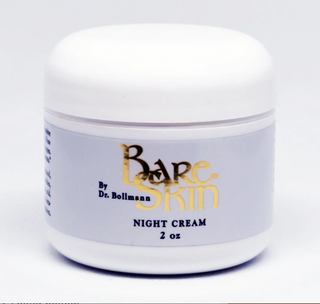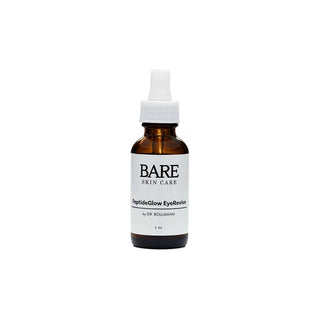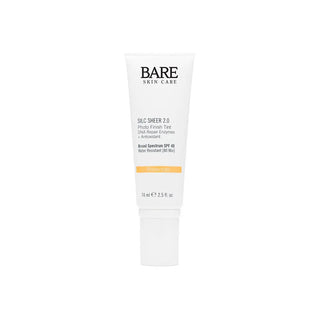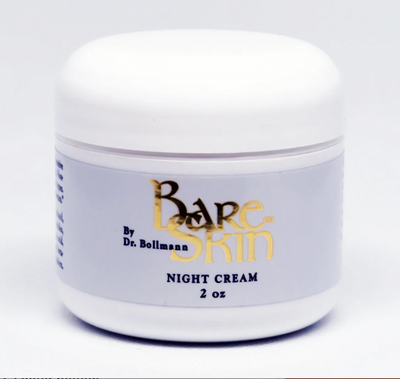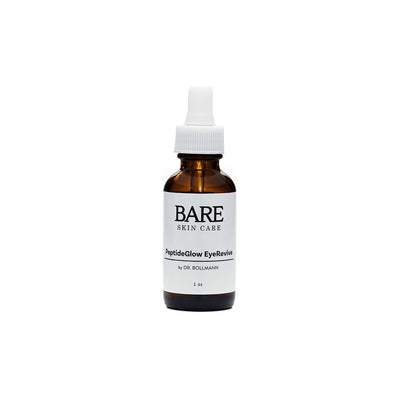One of the main theories of the cause of aging is shortening of the telomere, the end of the chromosome. Think of it like the plastic end of a shoelace. And as a Founding Member of the American Holistic Medical Association, I have long felt stress not only contributes to all diseases, but also to the aging process.
It has been estimated that 90% of pain is due to stress, worry and fear. There is a story in Hindu mythology about the goddess Cholera (Hindus personalize their gods and goddesses). The goddess Cholera was seen leaving a village, and stopped by a man who said, "I heard you killed 100 people in that village." And Cholera said, "No, I killed 10, fear killed the other 90."
The following studies support this hypothesis.
Telomeres are the endcaps on chromosomes, and telomeric shortening is thought to govern the number of times a cell can divide. Telomeres seem to be affected by environmental and genetic factors, as well as newly identified considerations:
• Stress: Researchers from the US National Institute of Environmental Health Sciences (NIEHS; North Carolina, USA) assessed data collected in the Sister Study, involving 50,000 women, ages 35-74 years. The team observed that: “Among women with both higher perceived stress and elevated levels of the stress hormone epinephrine, the difference in telomere length was equivalent to or greater than the effects of being obese, smoking or 10 years of aging."
• Obesity: A separate group of researchers from the US National Institute of Environmental Health Sciences (NIEHS; North Carolina, USA) observed that women with an overweight or obese body mass index (BMI) before or during their 30s that was maintained subsequently, had shorter telomeres than those who became overweight or obese after their 30s. This team comments that: “Our results support the hypothesis that obesity accelerates the aging process.”
Not only do environmental and genetic factors contribute to disease risks and premature aging, but new considerations including stress and obesity warrant identification and early intervention.




























